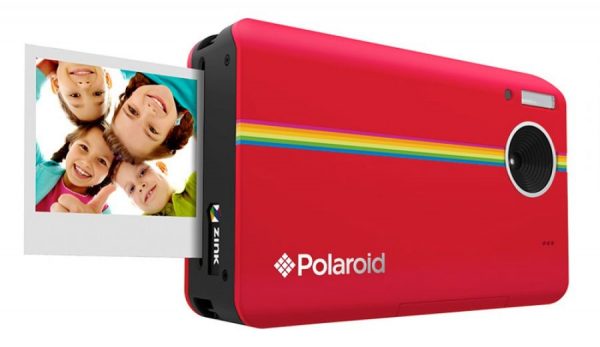Like many mobile gadgets, digital cameras also have storage that allows us store pictures and videos. In essence, solid state storage of these cameras can be called as “digital film”. The amount of storage in digital cameras is measured by gigabytes or GB. The more storage we have, the more pictures and videos that we can store in our digital camera. However, the number of pictures and videos that we can keep in the camera also depends on the camera resolution and the overall quality.
At the corner of the LCD screen, there is usually a number that indicates the amount of pictures and videos that we can store for that level of quality and resolution. This should be quite easy to understand even for old-school photographer. In fact, they don’t need to mentally count the number of available films in their rolls. Photographers could simply see the remaining available space for pictures at that level of quality.
One great benefit of using digital cameras is that the space is reusable. We can delete or move pictures to computers or other devices; so we will regain the amount of space. Even if we have a low-end digital camera with only 2GB of internal storage, we could store more than one thousand of decent quality pictures.
These cameras usually have more slots for external memory card, allowing us to add up to 128GB of additional storage. Purchasing a memory card is a long-term deal and it can be used for years. For casual users, a 4GB of space in their low-end cameras is enough, because they can already get plenty of extra capacity.
Although photos are typically used for digital purposes, such as social media sharing, we could want to print some of them. In many cases, we will need to transfer pictures to the computer and we print them using the connected printer. Some cameras and printers from the same manufacturer can be paired easily. If we want faster results, we should choose digital cameras with Bluetooth connection.
Some printer models also have Bluetooth connectivity, allowing us to directly print the picture. Printing photos in plain paper will result in much reduced quality. Unfortunately, the cost of ink and photo paper can be quite high. For casual photographers, about 90 percent of pictures that they take aren’t print-worthy.
So, it is probably a good idea to transfer best pictures we have to the computer and check them on the larger screen. We could crop these pictures and enhance them digitally to get better results. After we are satisfied, we could print the image.
Before purchasing a camera, we should go to a store with running demo camera. This should allow us to take some sample pictures and check the result. We should take photos of the surrounding area with the flash turned off; so we can find out about the camera’s real capability. We could zoom the picture and see whether it gets grainy too quickly. We could also try to take pictures while moving the camera quickly. If the images are too blurry, the camera may not be appropriate for action photography.

